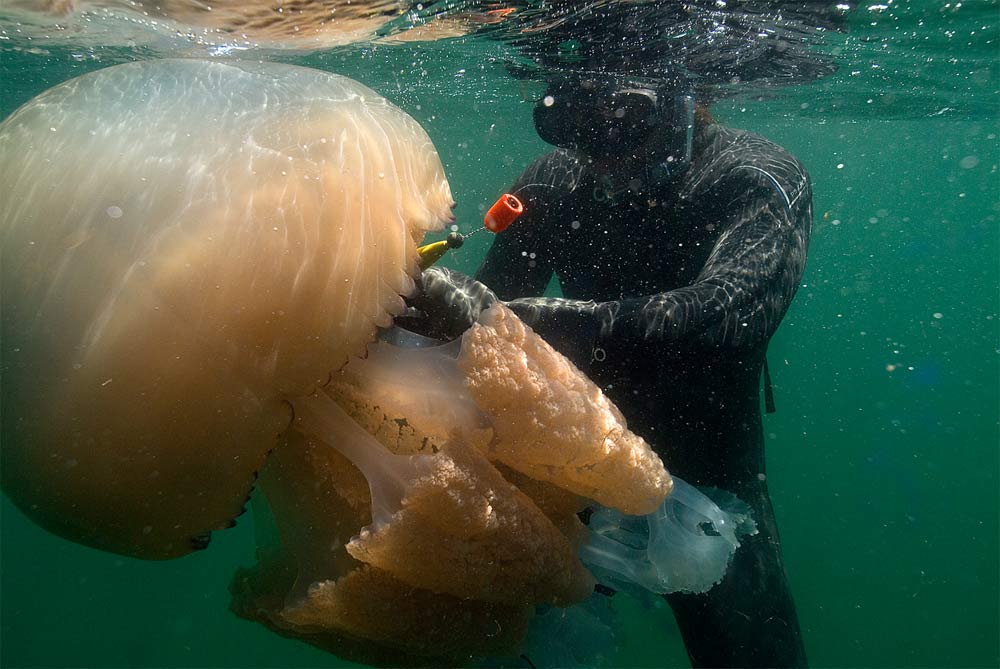
© C. Mitgutsch et al., Bio. Lett (2011)Deep digger. Extra digits give Iberian moles the wide paws they need to shovel dirt during their forays underground.
Moles get two big thumbs-up for their digging skills. These tunneling mammals sport what looks like a sixth digit on each front paw, a seeming exception to the rule limiting land vertebrates to 10 fingers. Now, a new study of embryonic moles shows that this doppelganger thumb is no thumb at all, but a co-opted wrist bone that starts to elongate relatively late in development.
Although not as famous as the panda's similar extra thumb, a heavy tool for grasping bamboo, the mole's sixth digit is an evolutionary curiosity. This thumb, a solid piece of bone on the outside of the hand that can wiggle but not bend, certainly seems useful. The extra bone widens the mole's paws, presumably making them better for scooping dirt. Primitive mole species less inclined to tunnel-building tend to have stubbier second thumbs. Whether the extra digits are useful, most land vertebrates, with the exception of rare polydactyl humans, cats, and other animals, stick to a maximum of five digits per hand or paw.
To unearth whether the mole is an evolutionary rule-breaker, Marcelo Sánchez, an evolutionary biologist at the University of Zürich in Switzerland, and colleagues went back to the thumb's beginnings. The team compared the stubby and fingerless limbs of embryonic Iberian moles (
Talpa occidentalis) with the limbs of closely related shrew embryos, looking for molecular clues to early digit growth. One such clue, a gene called
Sox9 that often turns on before bone growth, clearly identified the would-be digit as a finger impostor.
Sox9 didn't kick into gear at the site of the future second thumb until the mole embryos were 18 days old, after the gene's activity had peaked in the true fingers. "It forms like a finger forms but later," Sánchez says.











